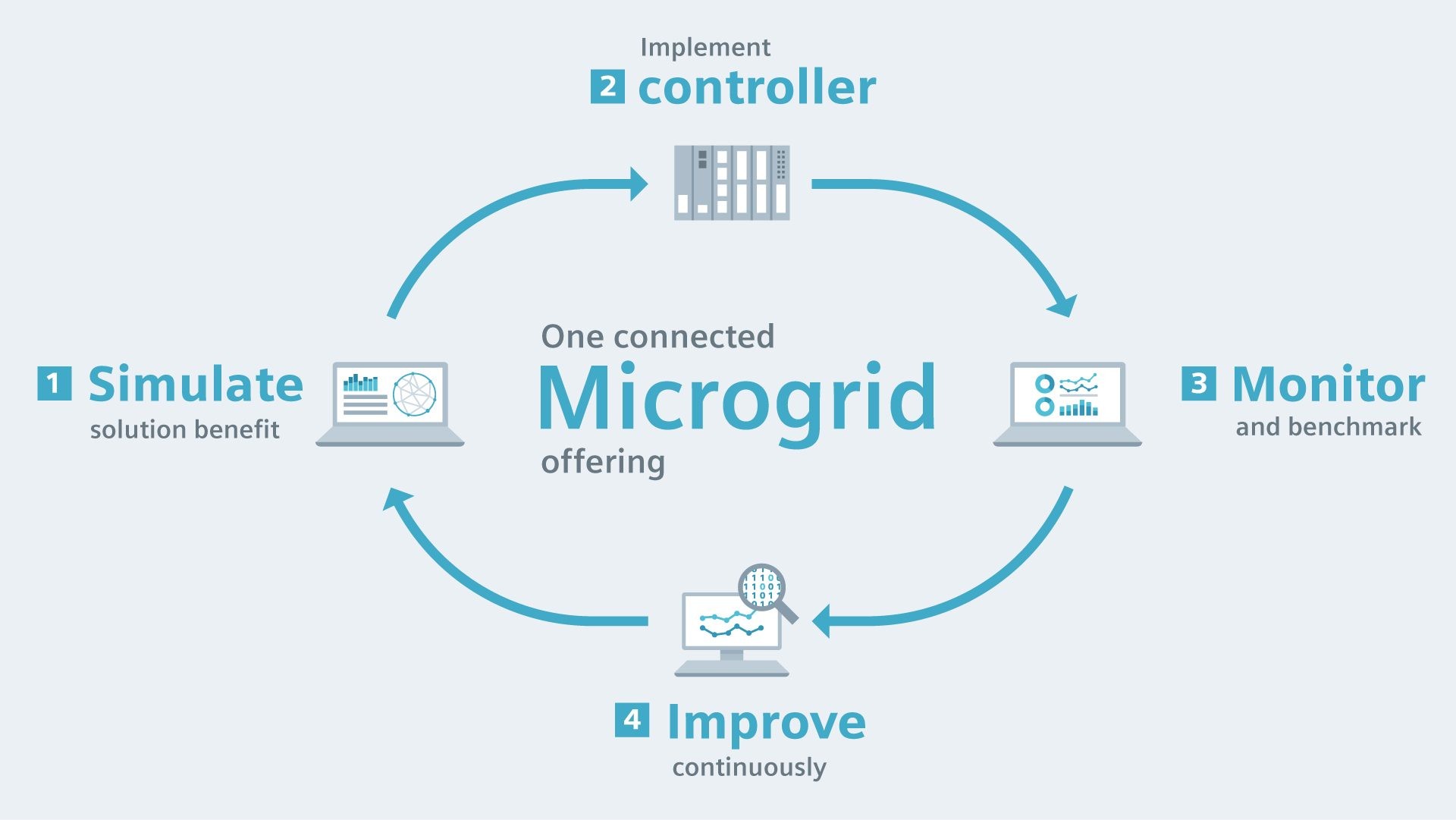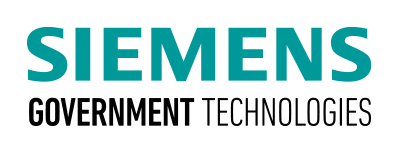
Microgrid control and management systems for the DoD must recognize and automatically adjust to derivations or unexpected conditions.
For example, a microgrid control and management system should autonomously detect blackouts and automatically repower the microgrid and re-synchronize to the distribution grid. A microgrid control system should also maintain voltage and frequency to ensure network stability and automatically start backup generators to protect against under-voltages, short circuits and faults.
The ability to prioritize and manage contingencies is an important element of a resilient microgrid and is closely linked to the need to eliminate single points of failure within the system. As a high-profile target for both physical and cyberattacks, a DoD microgrid control and management system without a distributed control architecture can pose serious risks of cascading failures associated with an intrusion.
Microgrid control is mission critical
While meeting all of these requirements with one control system may seem difficult, several commercially available microgrid control and management systems satisfy all of these needs and have already demonstrated successful implementation and operation at US military installations around the world. In the future, microgrids will play a significant role in ensuring secure and sustainable energy for the DoD; however, having the right microgrid control and management system will be critical for the resiliency and reliability of these systems.
